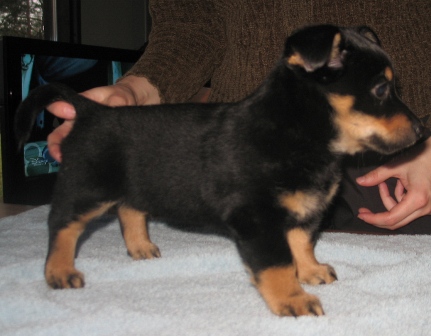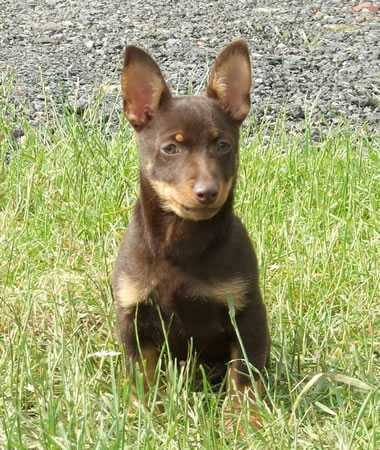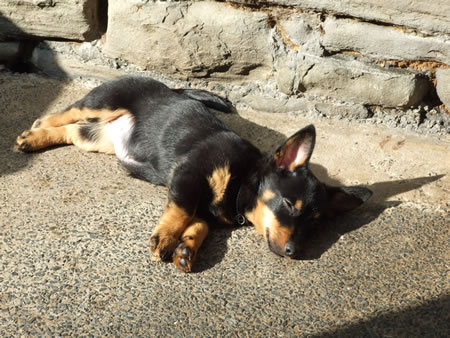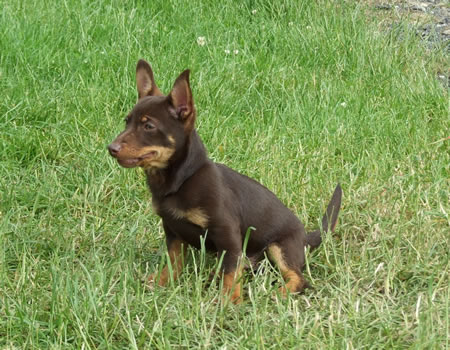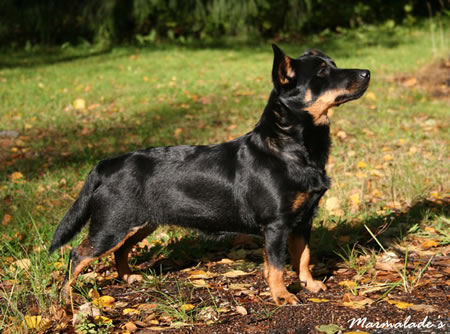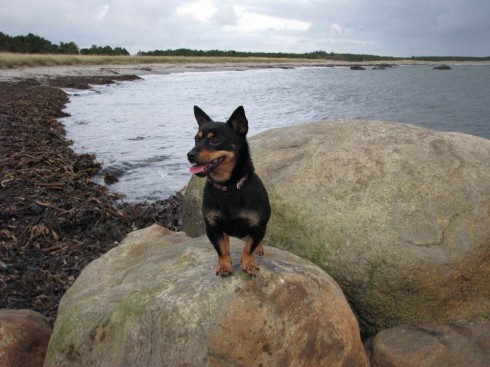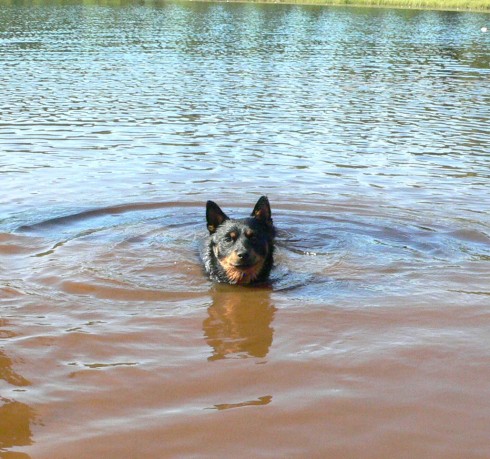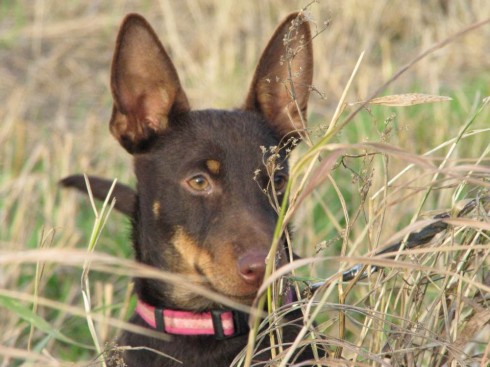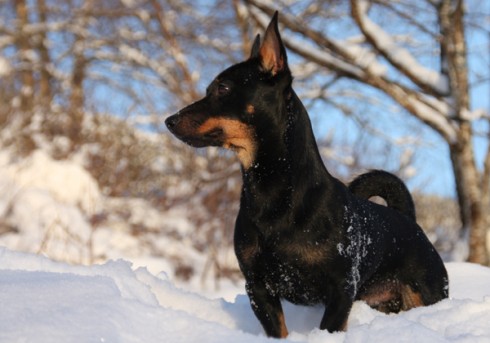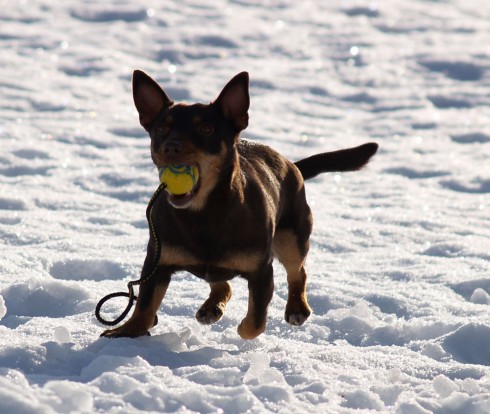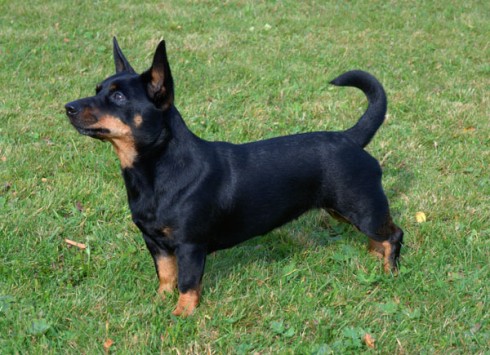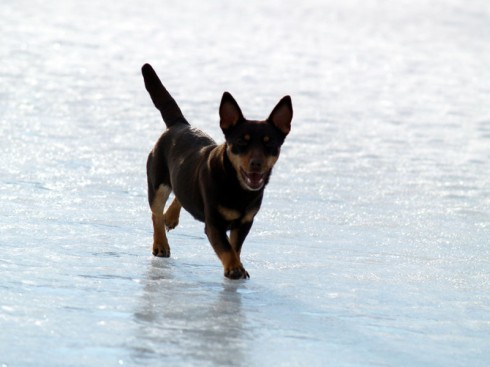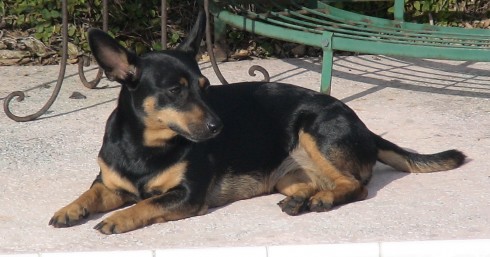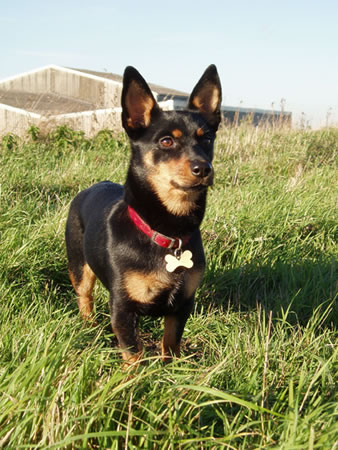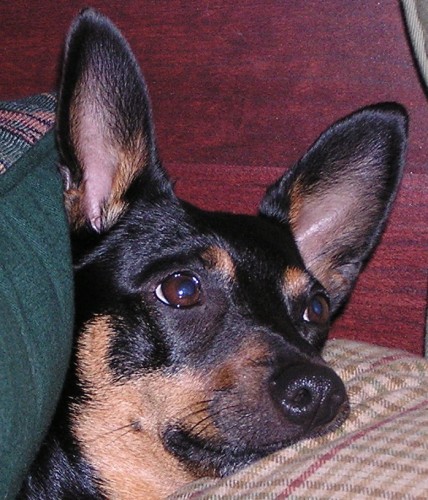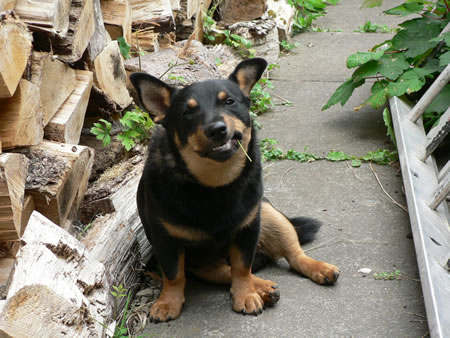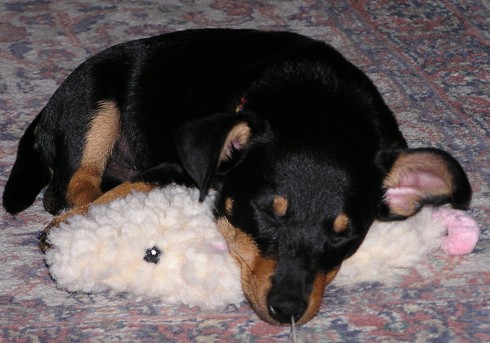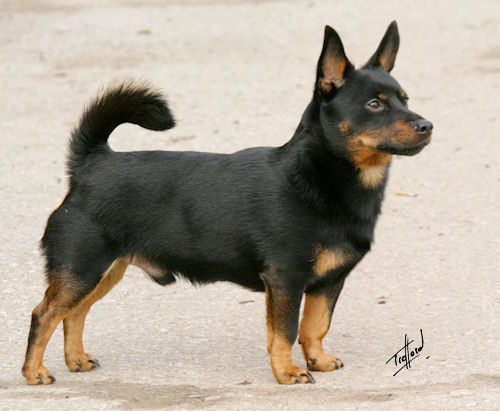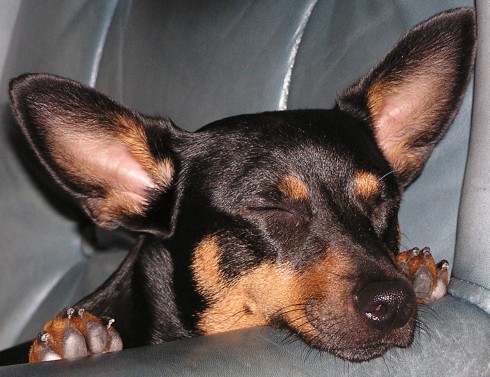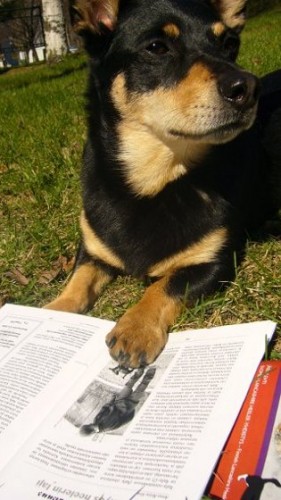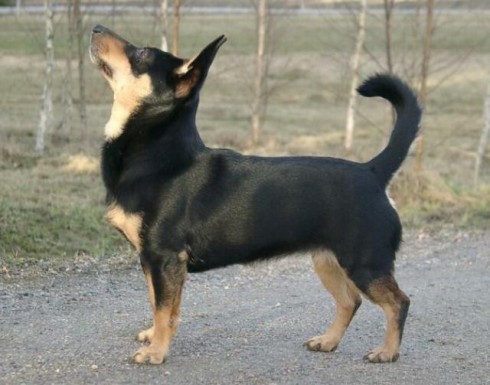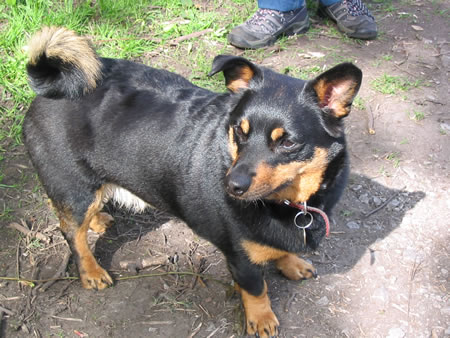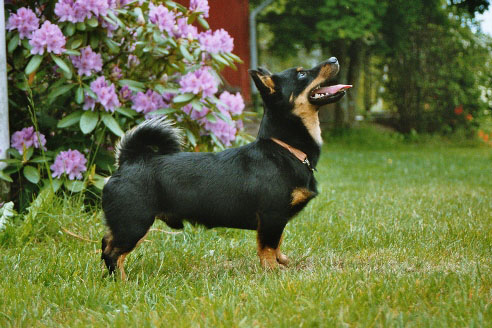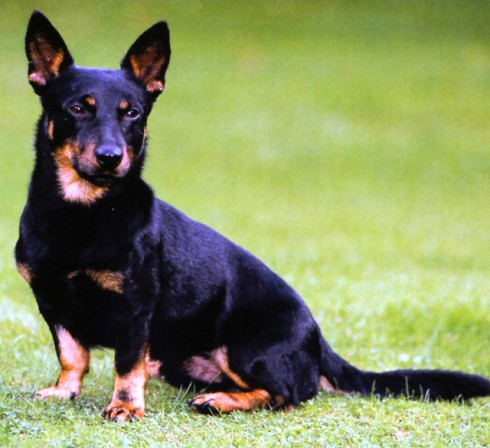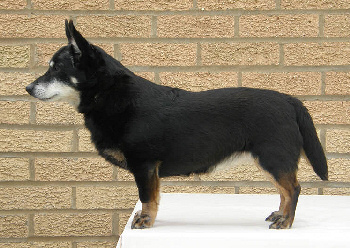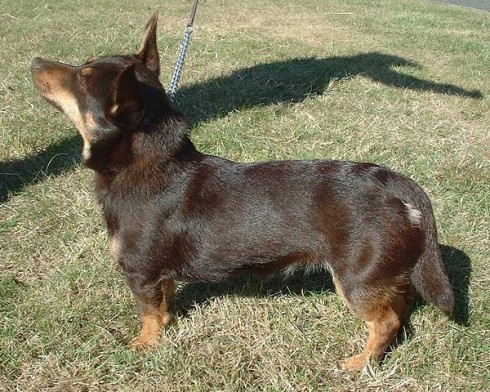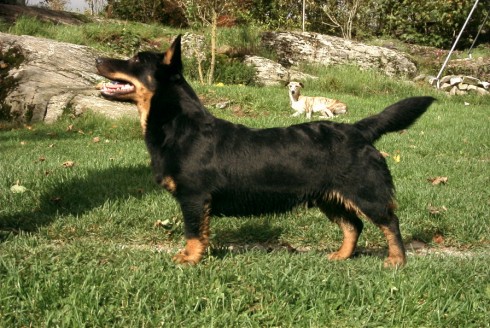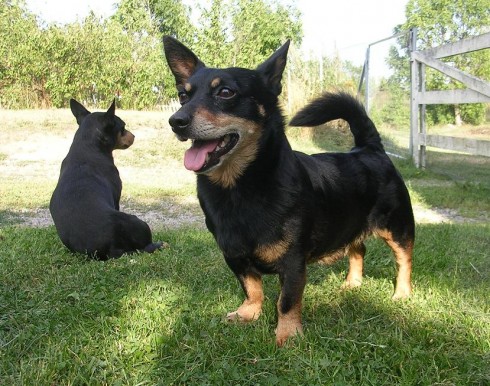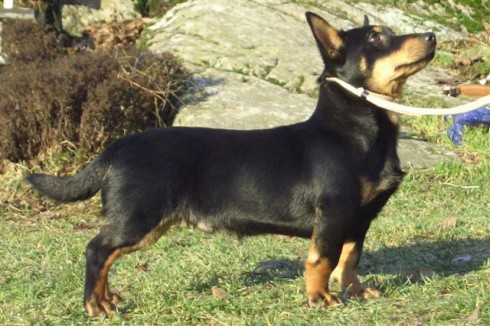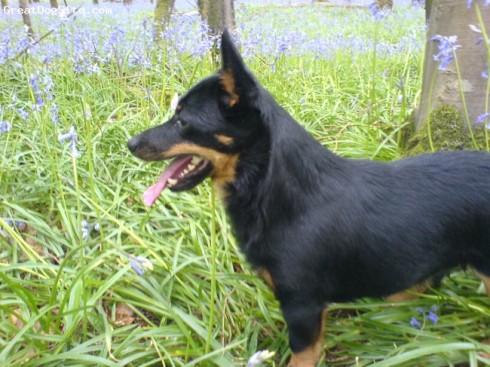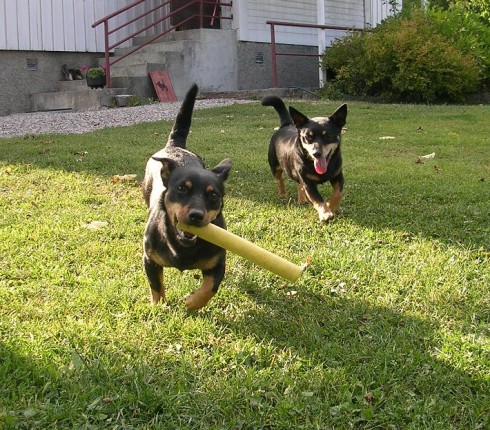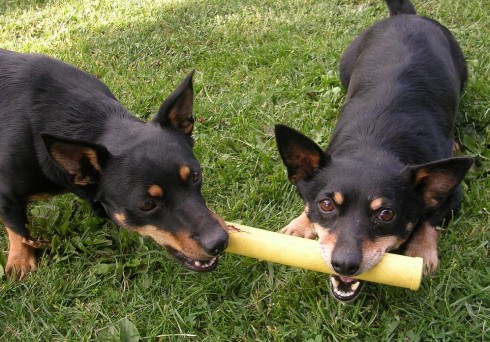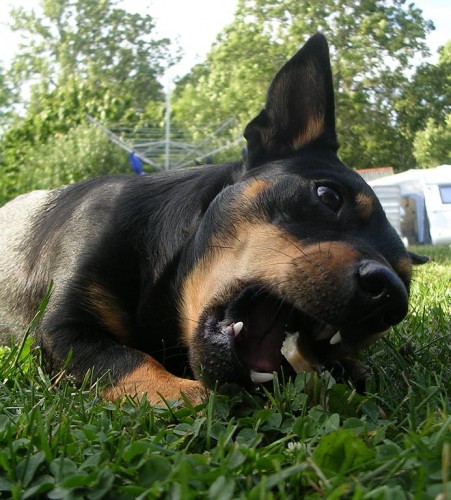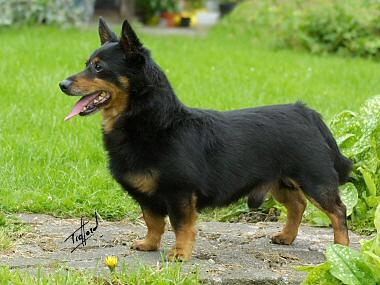Main Index
In Store
Our Web Store
Miniature Schnauzer Picture Gallery
Latest Dog Blogs
- What Are The Basic Commands To Train A Dog?
- PaySafe As The Most Popular Type Of Deposit
- Everything You Need To Know About Pet Sales
- Dogs Contribute To Our Physical And Mental Well Being
- How To Choose Where To Bet On Greyhounds In 2022
- Volunteer With Animals - How To Help Dogs Around The World
- Basic Understanding Of The House Edge
- Why You Should Get A Dog
- Top 20 Popular Dog Names Around The World
- Constipation in Dogs and How to Find Solutions
Lancashire Heeler
Lancashire Heeler Picture Gallery
Lancashire Heeler Clubs/Associations
The Full Lancashire Heeler Description
Indicative Breed Standard
General Appearance
Small, powerful, sturdily built, alert energetic worker.
Characteristics
Works cattle but has terrier instincts when rabbiting and ratting.
Temperament
Courageous, happy, affectionate to owner.
Head and Skull
In proportion to body. Skull flat and wide between ears, tapering towards eyes which are set wide apart. Moderate stop equidistant between nose and occiput. Tapering continues towards nose. Skull and muzzle to be on parallel planes.
Eyes
Almond-shaped, medium size, dark colour except in liver where they may be lighter to match coat colour.
Ears
Showing alert lift, or erect. Drop ears showing no lift undesirable.
Mouth
Lips firm. Scissor bite – jaws strong with a perfect, regular and complete scissor bite, i.e. upper teeth closely overlapping lower teeth and set square to the jaws. Under or overshot to be discouraged.
Neck
Moderate length, well laid into shoulders.
Forequarters
Well laid shoulder, elbows firm against ribs. Amply boned. Pasterns allow feet to turn slightly outwards, but not enough to cause weakness or affect freedom of movement.
Body
Well sprung ribbing, extending well back with close coupling. Firm, level topline, never dipping at withers or falling at croup. Approximately 2.5 cms (1 in) longer than height at withers. (Measured from withers to set on of tail).
Hindquarters
Muscular, with well turned stifles, hocks well let down. From rear should be parallel, when moving or standing. Never bandy or cowhocked.
Feet
Small, firm and well padded.
Tail
Set on high, left natural. Carried over back in a slight curve when alert, but not forming a complete ring.
Gait/Movement
Smart and brisk. Natural, free movement.
Coat
Fine undercoat is covered throughout by weather resistant, short, thick, hard, flat topcoat. Topcoat slightly longer on neck. Undercoat should not show through topcoat nor allow any longer hair at the mane to stand off. Long or excessively wavy coat highly undesirable.
Colour
Black or liver with rich tan marking on muzzle, spots on cheeks and often above eyes, from knees downwards, with desirable thumb-mark above feet, inside hindlegs and under tail. Richness of tan may fade with age. White to be discouraged, except for a very small spot on forechest being permitted, but not desired. Pigmentation to tone with coat colour.
Size
Ideal height at shoulder: dogs: 30 cms (12 ins); bitches: 25 cms (10 ins).
About Our Article Directory
- Article
- 27 November 2010
- 2 comments
Canis lupus familiaris
- Breed Article
- 29 May 2010
- No comments
Quick Search
Donate
Latest Dog Pods
- Tips on How to Stop Your Dog from Biting
- Beware - Not All Advertised Dog Rescues Really Are! How Can You Know The Truth?
- Helpful Tips For Dog Obedience Problems
- How to Keep Dogs From Eating Poop
- Dog Grooming Tips - A General Overview of the Very Basics of Dog Grooming
- Recognising Different Types of Dog Obedience Problems
- 5 Important Tips On Feeding A Puppy


